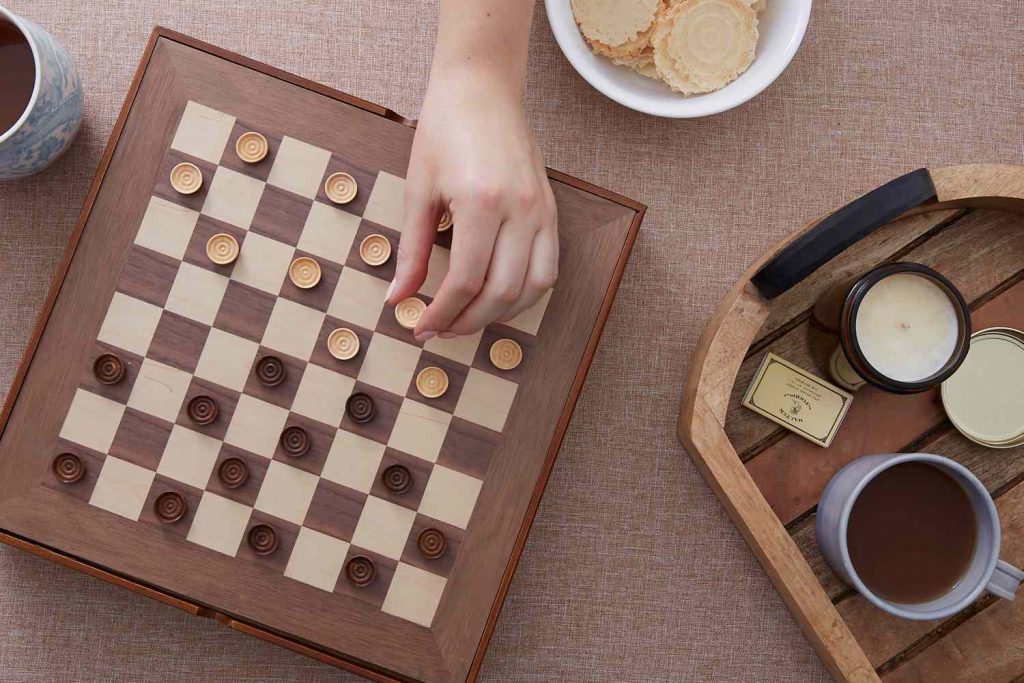For many, the game of checkers evokes memories of lazy Sunday afternoons or spirited matches against friends and family. While the game holds a cherished place in modern pastime, its roots stretch deep into antiquity. The story of checkers is not just a tale of a board game; it’s a chronicle of human civilization, strategy, and entertainment.
The beauty of checkers lies in its simplicity. It’s a game that can be taught in minutes but takes a lifetime to master. As we dive into its past, we find connections to ancient civilizations and witness the evolution of strategy games that have spanned continents and millennia.
The Dawn of Strategy Games
Long before the modern checkers board was conceived, early civilizations were engrossed in strategy games that bear resemblance to today’s checkers. Archaeological finds suggest that ancient board games existed in various forms across different cultures.
The game “Alquerque,” for instance, was played in ancient Egypt around 1400 B.C. It’s considered the most direct ancestor of modern checkers. Played on a 5×5 board, the game’s mechanics revolved around capturing an opponent’s pieces by jumping over them, much like in contemporary checkers.
Fertile Crescent: A Crucible for Board Games
As civilizations sprouted along the Tigris and Euphrates rivers, so did board games. Ancient Mesopotamia, particularly the city of Ur, yielded board games dating back to 2500 B.C. While distinct from checkers, these games underscore the human penchant for strategy and competition.
The ancient game from Ur, known aptly as “The Royal Game of Ur,” had a unique board and rules, yet it reflects the enduring human spirit of play and the evolution of board games across millennia.

Migration & Transformation: From Alquerque to Draughts
As empires rose and fell, and trade routes connected distant lands, Alquerque traveled and transformed. By the Middle Ages, the game had found its way to Europe and evolved into what the British call “Draughts” and Americans know as “Checkers.”
The game’s transformation wasn’t just in the name. The board expanded to an 8×8 grid, and additional rules were introduced. This evolution made the game more complex, offering depth and varied strategies to its players.
The Renaissance Era: Standardizing Rules
With the advent of the Renaissance, there was a renewed interest in literature, art, and games. During this period, books about Draughts were written, setting standardized rules and strategies, and elevating the game from a mere pastime to an art of strategy.
Modern Era: Checkers in Pop Culture
In the 20th century, checkers gained immense popularity, especially in the West. Its strategic depth attracted enthusiasts, leading to national and international championships. The game’s simplicity, combined with its potential for complex play, made it a favorite among both casual players and serious strategists.
Checkers also etched its mark in pop culture. From references in literature to appearances in films, the game became synonymous with strategy, rivalry, and intellect.

